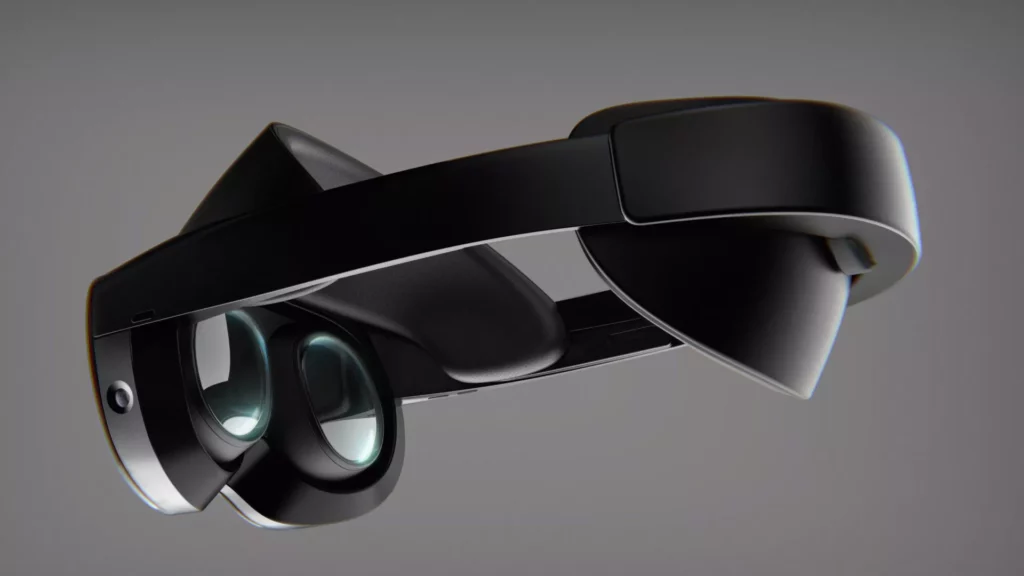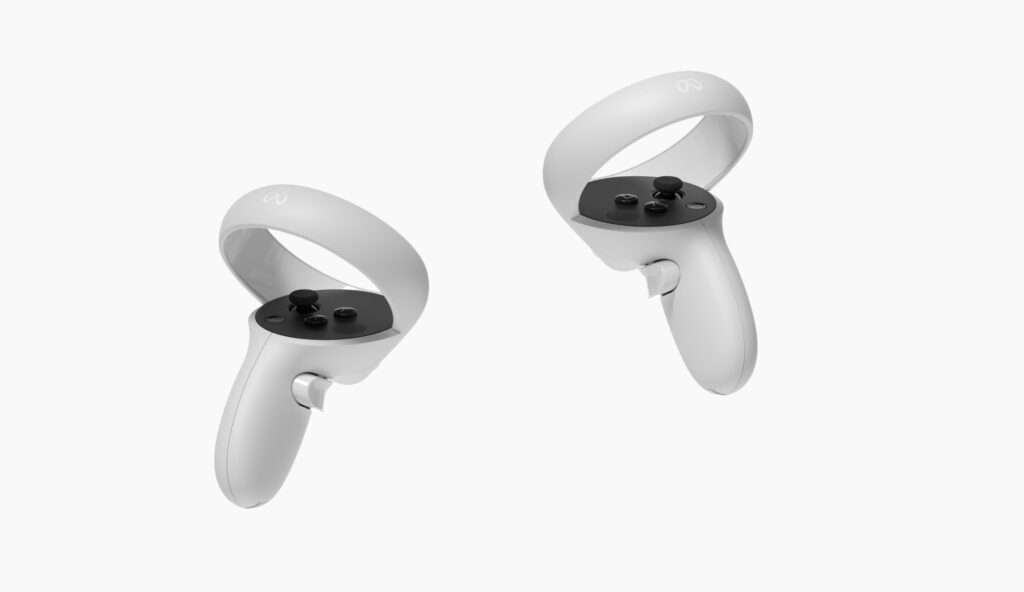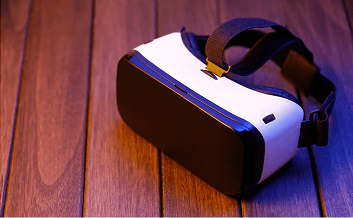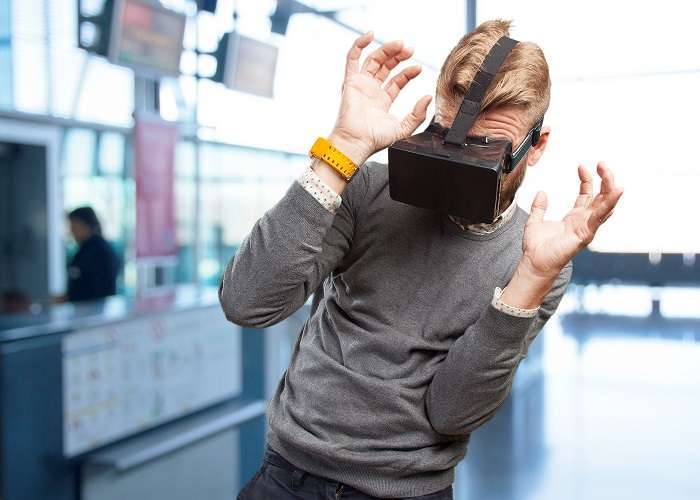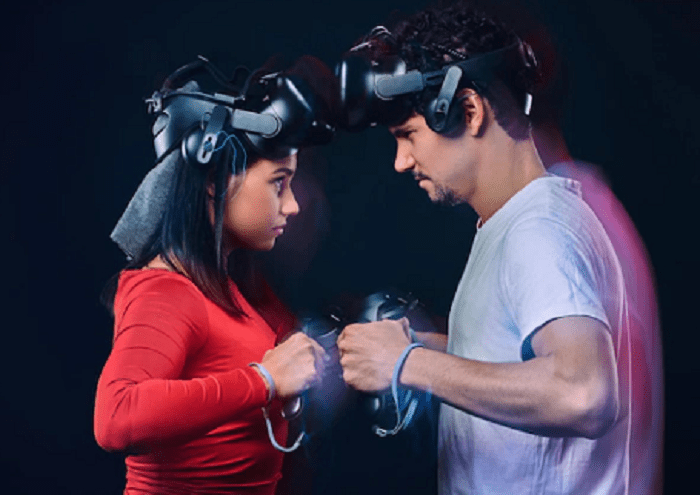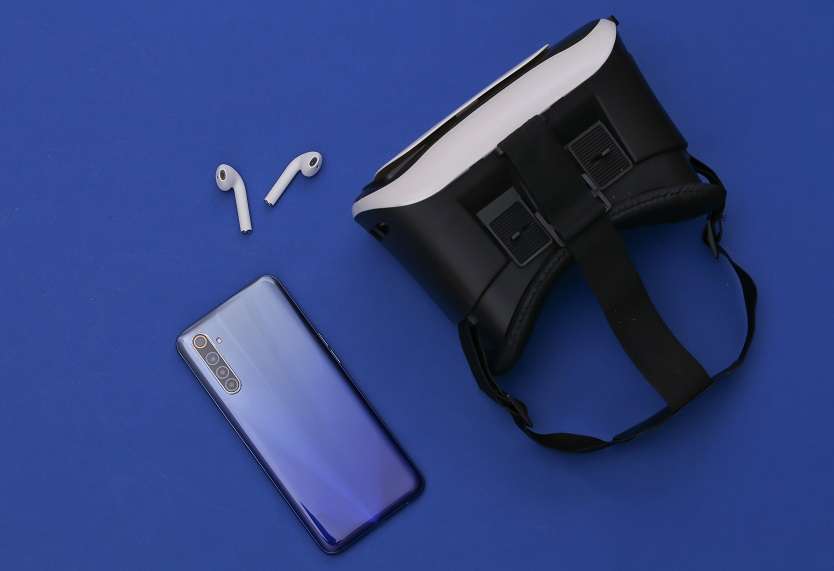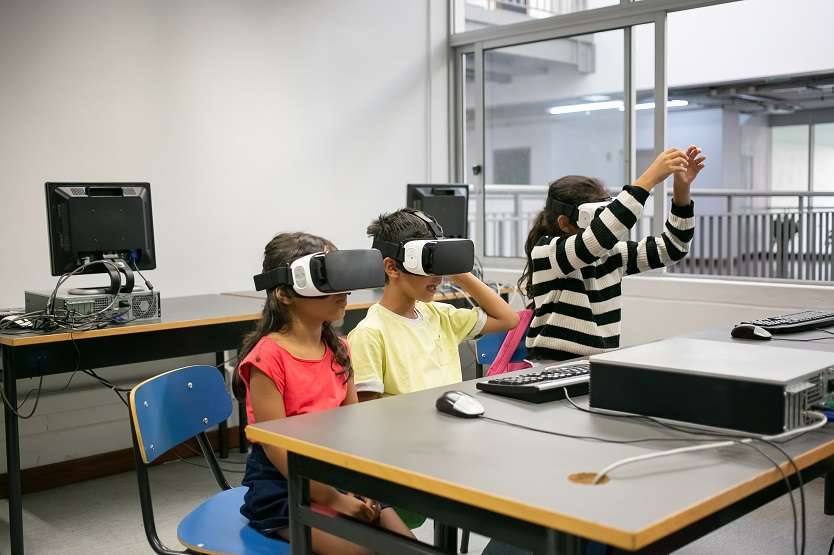The revelation of Meta Quest Pro at Facebook Connect 2021 shook the virtual reality industry to its core. This monumental broadcast revealed to the world that the social media behemoth is now “Meta”. The new virtual reality headgear that Meta is developing is a high-end, expensive one, and we have done some investigation.
The question is: how will it improve upon the Quest 2? In other words, what are its technical specifications? When can we expect it to be available? Do you think it will have higher visual quality? Will it be possible to make the headset lighter, as in Ready Player One?
It seems like there is no limit to what may happen. But owing to a few spillers in Meta’s network, we can restrict our assumptions down to a select handful that have a better chance of being accurate. The forthcoming virtual reality headset created by Meta is known as Project Cambria internally at the company and as the Quest Pro externally (both names are speculated).
When Will MetaQuest Pro Be Available?
Mark Zuckerberg, CEO of Meta, was a guest on The Joe Rogan Experience podcast, where he revealed that the introduction of the company’s much-anticipated virtual reality headgear will take place in October at Connect 2022.
Cost of Meta Quest Pro
Virtual reality hardware expert and leaker Bradley Lynch claims that the Quest Pro costs $1,500. There will include a head-mounted display (obviously), a charging bag, controllers, wires, and instructions.
Is the price tag leaving you reeling? In any case, I suppose that’s to be anticipated. After all, Mark Zuckerberg, CEO of Meta, indicated that Project Cambria is a “totally new, sophisticated, and high-end product, and it will be at the upper end of the pricing range” during Facebook Connect 2021. Because of this, there is no way in hell that its price tag will be comparable to the reasonably priced Quest 2, which begins at $399.
The HTC Vive Cosmos Elite headset (opens in new tab) costs $899, while the Valve Index goes for $999. The Quest Pro costs $1,500.
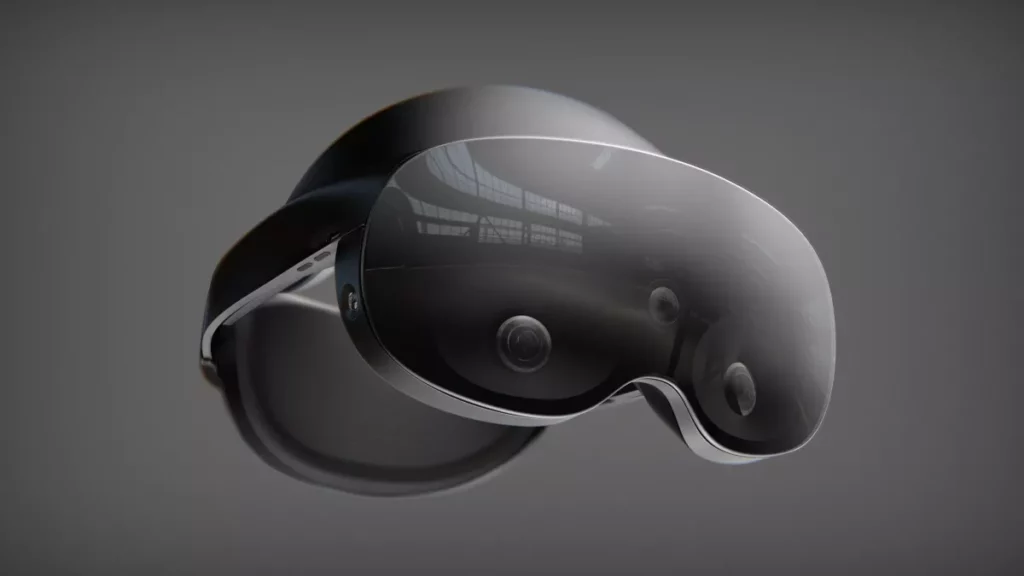
The Quest Pro Design
Lynch said he had “200%” certainty that the renderings he obtained from a supposedly reliable source inside Meta’s supply-chain network are an exact representation of the final production model for Project Cambria.
Is it just me, or does Meta Quest Pro resemble a stylish ski mask? Okay, so you look at the front box of the headset and think, “What the heck are those three round holes for?” What Lynch claims they are, though, are cameras. The Cyclops-like appearance of the VR headgear is courtesy of its center lens, a 16MP high-definition camera used to superimpose colors and improve quality on top of data collected by the bottom two cameras (e.g., depth perception).
Each member of this triad contributes to a more aesthetically beautiful passageway. Without taking off your headset, you can “passthrough” and observe what’s going on in the actual world right now. As it is, the passthrough quality of the Quest 2 is unappealing; it’s a grainy, grayscale nightmare. The passthrough in Meta Quest Pro, aided by this peculiar-looking trio of cameras, ought to provide a more accurate depiction of one’s surroundings. This suggests that augmented reality (AR) will be a vital component of this much-anticipated headgear, alongside virtual reality (VR).
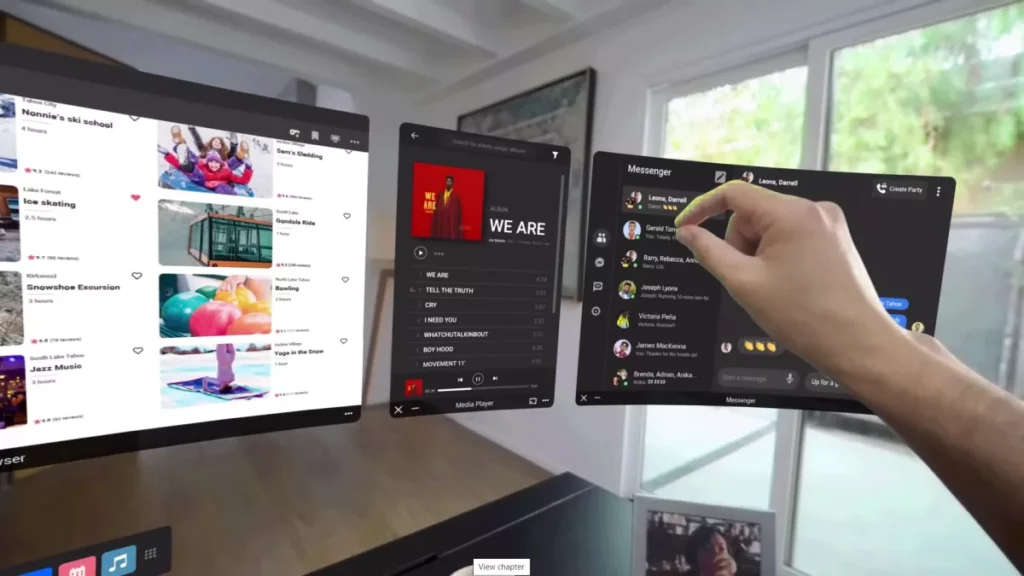
A supposed Meta Quest Pro device was discovered in a hotel room, sparking widespread speculation when its discovery was leaked on Reddit. Ramiro Cardenas, a guy, found it and began leaking information and media about it. The headgear’s name—”Meta Quest Pro”—is prominently displayed, further establishing that it is, in fact, Meta’s impending virtual reality headset.
For a more productive, mixed-reality experience, Zuckerberg has suggested that users would have the ability to work with numerous displays in VR (as if they had many monitors in front of them) while still being able to view their actual workstation (without removing their headset). The improved passthrough might even be used to bring a virtual fitness trainer into the comfort of your own living room. It would be very much like working out with a hologram in your own home!
Lynch’s images also show that the Elite Strap, an attachment that Meta offers for its Quest 2 headset to help the head-mounted display fit more securely, is included into the design of the Cambria. So, while playing active games like Superhot or FitXR, the headset won’t move about. It’s fantastic that Meta allegedly included the same concept in the Quest Pro. Users of Quest Pro should find that it provides a snug fit around their particular facial contours.
Users may connect the headset to their computers and share content in the same way as with the Quest 2 thanks to the USB-C connector on the right side of the headset.
Lynch claims that the IPD adjustment on Meta Quest Pro is much more exact. Why? The perfect IPD setting for Quest 2 is achieved by physically grabbing the lens and pulling it closer together (or farther apart) than its current position. Only three of the IPD parameters may be permanently set with a click. Blurriness and lack of focus are both exacerbated by an incorrectly configured IPD. Therefore, some users may feel that the IPD modification on their Quest 2 doesn’t “hit the mark.”
However, contrary to popular belief, Meta Quest Pro supposedly does not have any kind of permanent IPD tweaks accessible by mouse clicks. It is important that the lenses be easy to move so that the user may select their own unique IPD.
Those who purchase Meta Quest Pro goggles will find that the lenses are flat, like those seen on a pair of pancake sunglasses. He said this design “folds light several times over to achieve a slimmer profile than current lenses,” adding that it will improve the headset’s optics. The Quest Pro’s general design does have a few drawbacks, however. Lynch claims that the imitation leather used in the area where the user’s forehead rests might lead to increased perspiration. He also doubts whether or not the design would allow in too much light, which might break the illusion of virtual reality.
Above, you can see Lynch’s anticipated feature set for the Meta Quest Pro. According to Lynch, the Quest Pro’s key selling factors will be its ability to follow the user’s eyes and face. Lynch claims that the Quest Pro’s facial-expression monitoring is top-notch, citing the testimony of others who have tried the headset and found it capable of picking up even his flared nostrils. To ensure precise facial tracking, the headgear will have at least five infrared sensors.

Conclusion
Meta Quest Pro is expected to be more comfortable, smaller, and lighter than Quest 2. It also places more emphasis on augmented reality (AR) experiences, letting users bring their actual environments into virtual ones. According to reviews, face tracking is the Quest Pro’s most impressive feature, therefore I anticipate a massive social VR marketing campaign from Meta to coincide with the release of the headset. While there is no shortage of social VR applications, none of them provide access to others’ genuine face microexpressions. In my opinion, this is the need that will be filled by Meta’s superior software and hardware.
Don’t forget to take everything with a grain of salt. There is speculation that the Quest Pro will be unveiled during Meta’s next Connect event and made available for purchase the day after. But, time will tell.
Have your mind set on buying a Metaverse device? Check out our review on the Meta Quest 2.

